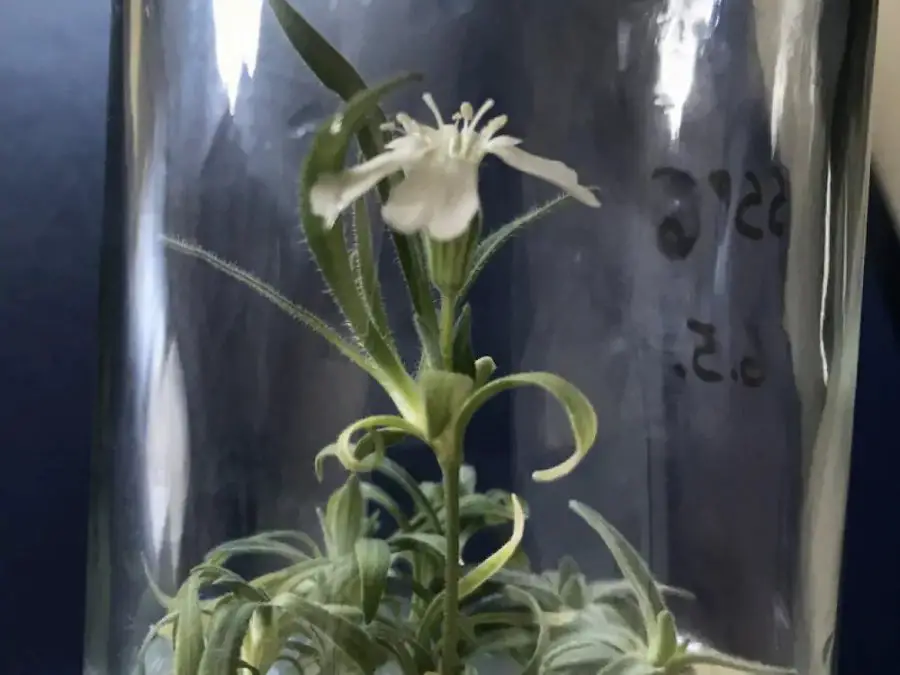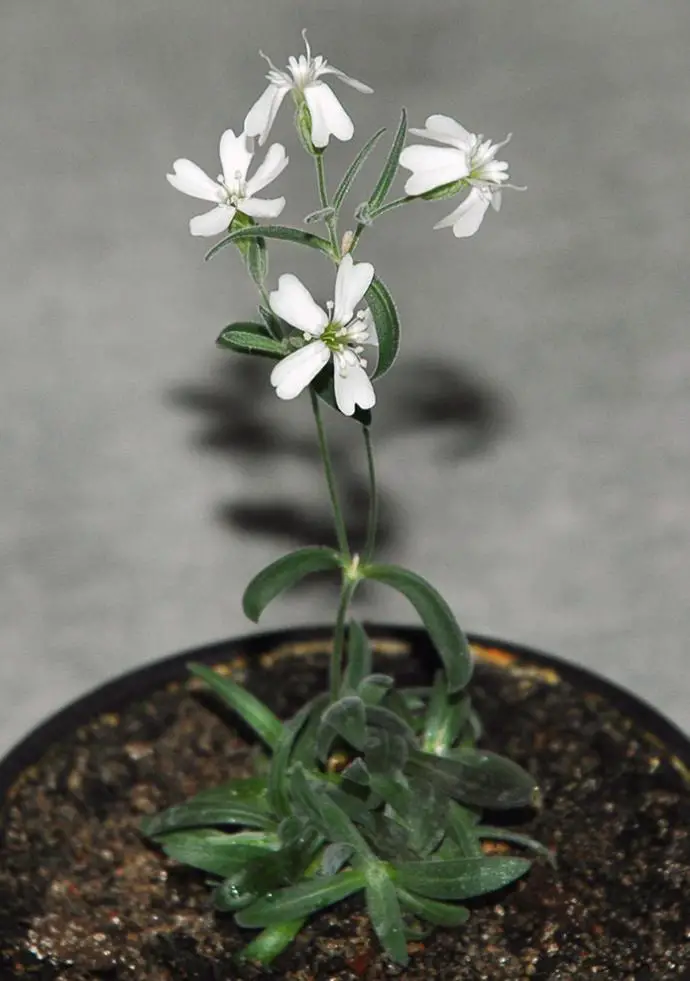In 2012 Russian Scientists Successfully Revived A 32,000 Year-Old Arctic Flower
Tags: News

A group of scientists back in 2012 managed to successfully revive a 32,000-year-old plant from its fruit, which was buried in the Siberian permafrost. This team from the Institute of Cell Biophysics and the Institute of Physicochemical and Biological Problems in Soil Science, Russian Academy of Sciences published a study in the Proceedings of the National Academy of Sciences, where they explained how the fruit tissues of Silene stenophylla from the Late Pleistocene Age were used to regenerate the ancient plant. Clonal micropropagation techniques and in vitro tissue culture were the techniques used for this purpose.
Read: One Of The Largest Flowers In The World Grows Up To 10 Feet And Takes About 10 Years To Bloom
Commonly known as the narrow-leafed campion, this 32,000-year-old plant is an extant species of the Caryophyllaceae flowing plant family.

Fully encased in ice, both the mature and immature seeds were unearthed from 124 feet, about 38 meters, below the permafrost. Layers surrounding the seeds included mammoth, bison, and even woolly rhinoceros bones. The seeds were discovered from the fossil burrows of an Arctic species of ground squirrel. Radiocarbon dating put the seeds to be exactly 31,800 years old.
The placental tissue of three immature uninjured fruits of S. stenophylla were used to grow 36 of these ancient plants.

The scientists then tested those regrown plants for their sexual fertility:
“It should be noted that S. stenophylla is allogamous and requires cross-fertilization for sexual reproduction to occur. Flowers of the ancient plants were pollinated artificially using pollen from other ancient plants, pollination of extant plants was performed similarly. The time from artificial pollination of flowers to ripening of first seeds took 8–9 weeks. Laboratory germination of seeds taken from regenerated ancient plants was 100 %.”
Read: Uk’s Biggest Bee Farm Finds That Bees Have Been Thriving During Lockdown
Taxonomic identification helped to identify both the ancient and extant plants as distinct phenotypes of S. stenophylla.
According to scientists, the 32,000-year-old plants that are now regenerated are currently the most ancient, multicellular living organisms. The next one in line is a date palm revived from a 2000 years old seed found in the ancient fortress of Masada, Israel.
As you might know, tech giants like Facebook, Twitter, and Google (Also Youtube), increasingly censor information that does not fit the mainstream narrative. Freedom of speech should be the basic human right, however, in the current era, you are not allowed to share your views anymore. Fortunately, alternative platforms appear that are censorship-free. Minds.com is one of these platforms. You can sign up for free, HERE, and make sure you follow Truth Theory on Minds.
Images Credit: University of Natural Resources and Life Sciences Vienna
Leave Comment: